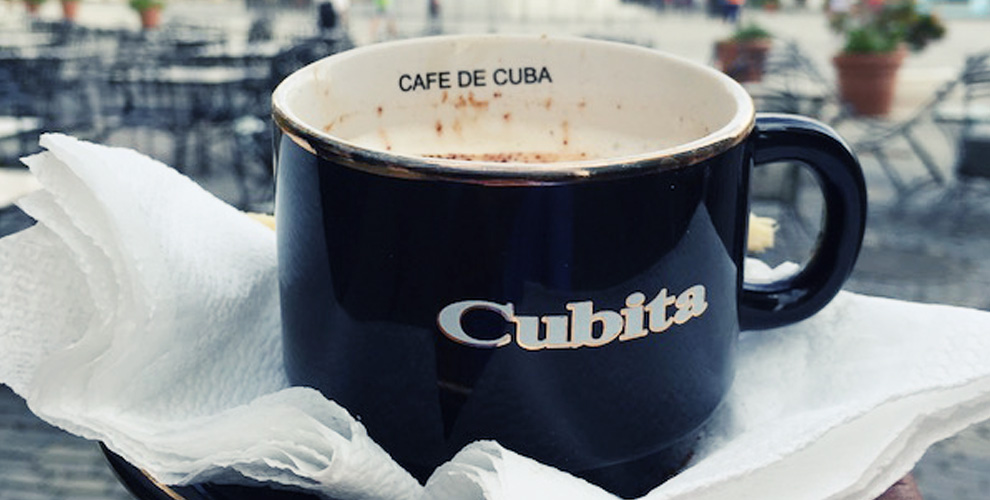On my first trip to Thailand many moons ago, I was most intrigued by the condiments found on dining tables. Instead of the usual salt and pepper, every host and restaurant offered a four-pot set of seasonings. Designed to help heighten the taste buds, there was dried chili flakes for heat, fish sauce for saltiness, cut chili in vinegar for tang and sugar.
At the time, I found the sugar strangely out-of-place because I was accustomed to having it only when served tea, not a plate of noodles. I would later learn that the Thai people are serious about sugar. They use it not only to add sweetness to a dish, but also to help soothe the palate when the spice level hits the roof. (As it turns out, coating your tongue with sugar after eating an errant bird’s eye chili is the best remedy available, trumping the usual candidates of iced water, milk and bread). Either way, sugar is an indispensable part of Thai culture.
It comes as no shock, then, that the cuisine is brimming with desserts. The sweets of Thailand are characterised by an overwhelming use of starch and fruit. And unlike the western traditions, steaming and boiling are the more common preparation methods.
Glutinous rice – often called sticky rice because it is the perfect descriptor – appears in every imaginable form. It’s steamed, compressed into balls, grilled in bamboo stalks or banana leaf, and even fermented into a pudding. One popular treat called khao mao tod involves deep-fried bananas coated in glutinous rice flour and grated coconut. The more traditional version uses grains of young sticky rice that are pan-roasted then mixed in with the coconut.
Speaking of, coconut is the other staple dessert ingredient. Coconut milk provides a smooth richness and is used much in the same way as heavy cream, except it can’t be whipped. Because coconut cream is also lighter, it often acts as a broth in soupy sweets. Additionally, coconut flesh, which is typically shredded or desiccated, lends fragrance and texture to several desserts. One of the simplest desserts that I love is coconut jelly. The juice of a young coconut is added to an agar-agar solution with sugar then poured back into the empty shell of the fruit to set and serve. On a balmy, sub-tropical day, one couldn’t ask for more.
Naturally, the paramount Thai dessert combines those two elements: glutinous rice and coconut. Loved locally and renowned globally, mango sticky rice or khao neow ma muang is made of cooked glutinous rice, sometimes perfumed with screwpine (pandanus leaf), that’s drenched in coconut milk and accompanied by fresh, juicy mango slices. As a boy, I had my first taste of khao neow ma muang at a street stand in Hat Yai, southern Thailand. It was the perfect introduction to the very sweet world of Thai desserts.
**A version of this article appeared in the magazine Qatar Happening – January 2014**




